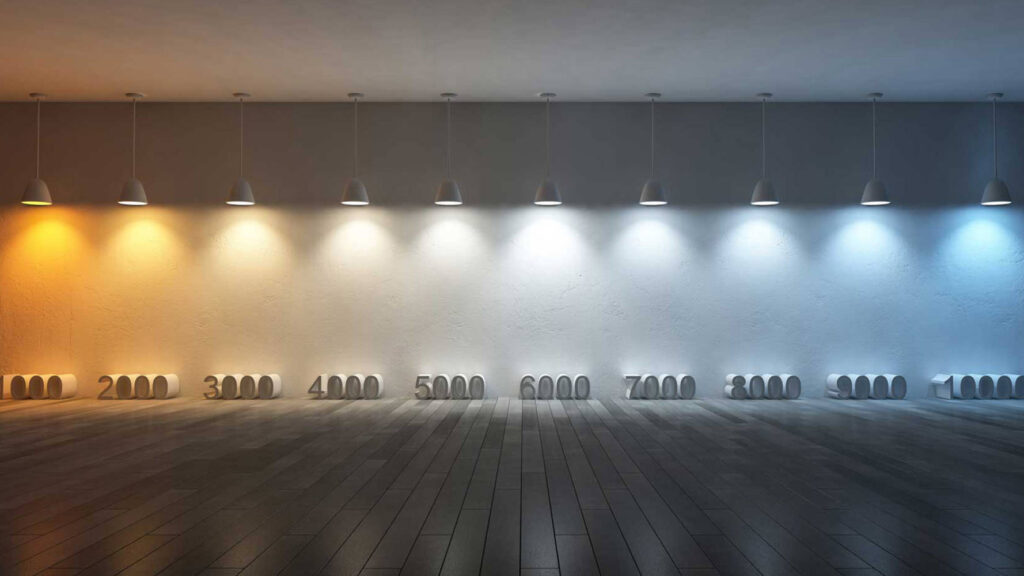Ideal Lighting Solutions for Home Office
Many of us are spending a lot of time in our home offices these days. For some, working at home has been a familiar setup for years. One of the most important parts of an efficient workspace is the type of lighting you have. Lighting can make or break your ability to work productively. Is your office lighting helping or harming? Here are five tips for illuminating your home office to get the most out of every day.
1. Use as Much Natural Light as Possible
Always take advantage of any natural light your office gets. If the light at one window is strongest at the time of your day when you’re most productive, place your desk in that light. Natural sunlight is the best lighting source. It adds the right illumination, helps you focus, and increases energy levels.
It’s a great idea to put your desk at a window. The outside view also gives you something for your eyes to look at when you take a break from the screen. Experts recommend taking frequent breaks to avoid eye strain. Try the so-called 20/20/20 rule: Every 20 minutes, look at something at least 20 feet away for 20 seconds.
You can’t always get natural light. Maybe your office is in the basement, you work at night or the window faces a brick building. In those situations, use indoor light that closely mimics sunlight.
2. Choose the Right Lumens and Temperature Levels
Do you know what levels of illumination you need? Every room and task has its own light levels, which are also called lumens. Setting the right lumens for every room ensures your office has the right amount of light for your needs.
Color correction is key to a good lighting scheme. Are your bulbs emitting warm light or cool light? Most lighting experts agree that lights that mimic natural sunlight are best for work areas. Aim for warm lighting of 6000K or higher for any room in your house where you’re doing focused, concentrated work. This light makes reading easier and keeps energy levels high.

3. Make It Diffuse
Don’t place your workspace under glaring overhead lights. You’re not in a hospital or an interrogation room, you’re in the place where you want to be productive, focused, and creative.
Always try to scatter ambient light. Use lampshades or try a standing lamp that illuminates indirectly by lighting up the ceiling. Try a few pendant lights instead of one bright overhead light. Recessed lighting is another good way to get indirect lighting.
This refers only to ambient lighting. For task lighting, you want clear, direct light.
4. Target Your Tasks
Office, workspace, or studio lighting should include focused task lighting. Use LED bulbs with cool light to illuminate specific work areas, supplies, and tools.
If you work at a computer, sewing machine, or workbench, use a lamp that lights up those items. If you have several work areas, use a targeted light on each one. Focused task lights, scattered ambient light, and natural sunlight are the necessary ingredients for the perfect workspace illumination.

5. Look Your Best in Online Meetings
If you’re doing a lot of Zoom, Skype, or other virtual meetings, here are some tips to looking your best.
- Use natural sunlight if possible.
- Place the light source in front of your face. Never let light hit you in the back. That will make you look dark and shadowy on the screen.
- Your computer screen is another light source. Adjust the brightness so you don’t appear overly lit and washed out.
- Do a rehearsal before your meeting to test the lighting and placement of your screen.
SESCOS Gets All Your Lighting Right
If you need the lighting situation in your home office or any room in your home, SESCOS is happy to help. Contact us for expert advice and installation.